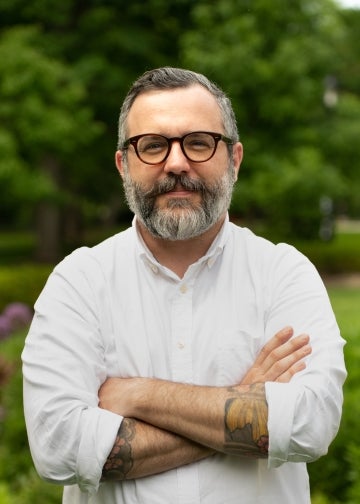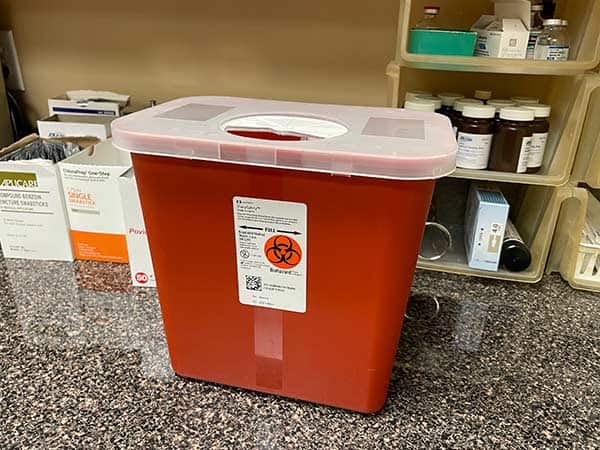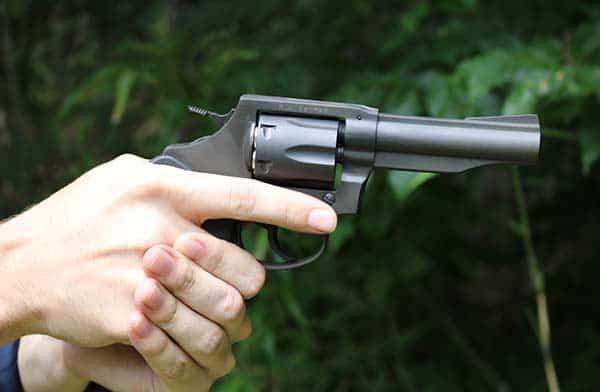Category: Paint me surprised by this
In Yemen, Muslim community honors one of last remaining Jews with respectful burial
Yahya Ben Youssef, one of last 6 Jews living in Yemen, passed away at over 100 years old in village north of Sanaa; his Muslim neighbors volunteer to ensure he received honorable Jewish sendoff

FILE – State Sen. Dave Min, D-Irvine, listens as lawmakers discuss a bill before the Senate at the Capitol in Sacramento, Calif., July 10, 2023. A federal appeals court on Tuesday, June 11, 2024, upheld California's ban on gun shows at county fairs and other public properties, deciding the laws do not violate the rights of firearm sellers or buyers. The two measures were both written by Min. (AP Photo/Rich Pedroncelli, File)
SOURCE: Rich Pedroncelli
SAN FRANCISCO —
A federal appeals court on Tuesday upheld California’s ban on gun shows at county fairs and other public properties, deciding the laws do not violate the rights of firearm sellers or buyers.
The 3-0 decision by the 9th Circuit Court of Appeals overturns a federal judge’s ruling in October that blocked the laws.
The two measures were both written by Democratic state Sen. Dave Min. The first, which went into effect in January 2022, barred gun shows at the Orange County Fair, and the other, which took effect last year, extended the ban to county fairgrounds on state-owned land.
In his decision last fall, U.S. District Judge Mark Holcomb wrote that the state was violating the rights of sellers and would-be buyers by prohibiting transactions for firearms that can be bought at any gun shop. He said lawful gun sales involve commercial speech protected by the First Amendment.
But the appeals court decided the laws prohibit only sales agreements on public property — not discussions, advertisements or other speech about firearms. The bans “do not directly or inevitably restrict any expressive activity,” Judge Richard Clifton wrote in Tuesday’s ruling.
California Attorney General Rob Bonta, who defended the laws in court, hailed the decision.
“Guns should not be sold on property owned by the state, it is that simple,” Bonta said in a statement. “This is another victory in the battle against gun violence in our state and country.”
Gun shows attract thousands of prospective buyers to local fairgrounds. Under a separate state law, not challenged in the case, actual purchase of a firearm at a gun show is completed at a licensed gun store after a 10-day waiting period and a background check, Clifton noted.
Gun-control groups have maintained the shows pose dangers, making the weapons attractive to children and enabling “straw purchases” for people ineligible to possess firearms.
The suit was filed by a gun show company, B&L Productions, which also argued that the ban on fairgrounds sales violated the constitutional right to keep and bear arms. The appeals court disagreed, noting that there were six licensed firearms dealers in the same ZIP code as the Orange County Fairgrounds, the subject of Min’s 2022 law.
Min said the restoration of the laws will make Californians safer.
“I hope that in my lifetime, we will return to being a society where people’s lives are valued more than guns, and where gun violence incidents are rare and shocking rather than commonplace as they are today,” Min said in a statement Tuesday.
The ruling will be appealed, said attorney Chuck Michel, president of the California Rifle & Pistol Association, the state affiliate of the National Rifle Association.
“CRPA will continue to protect the despised gun culture and fight back against an overreaching government that seeks to limit disfavored fundamental rights and discriminate against certain groups of people on state property,” Michel said in a statement provided to the San Francisco Chronicle.


Chicago police officers investigate a shooting on Thursday, May 30, 2013. (Photo by Stacey Wescott/Chicago Tribune)
I dream of one day getting a government grant to investigate why drivers in black cars are always the last to turn their headlights on. For a couple million of U.S. money, I’d happily sit in a lawn chair with a clipboard and yellow pad beside the Interstate, and tick off the colors of the cars that are still running unlighted well after dusk. Then I’d construct impressive Excel spreadsheets and use those to generate attractive tables and graphs. With proper funding, I could make that project last for years.
I was reminded of my idea by a recent piece in the Washington Post that detailed a study by Andrew V. Papachristos, an associate professor of sociology at Yale University. Papachristos studied murders in Chicago and discovered if you spend a lot of time around criminals, you’re a lot more likely to be shot. Who’da thunk?
As Papachristos reported: “More than 40 percent of all gun homicides in the study occurred within a network of 3,100 people, roughly 4 percent of the community’s population. Simply being among the 4 percent increased a person’s odds of being killed by a gun by 900 percent.”
Now I know you’re thinking this just proves hoary old maxims like “lie down with dogs, come up with fleas,” and it is true that this is yet another example of university research expending lots of time and money to prove something we all know to be the case.
But it is very useful in the current context. The antis are saying that our division of society into good and bad people is unrealistic and — of course — racist. They argue there is no such thing as a good person, and no one — whether Nobel laureate or gangbanger — is really to be trusted with a gun. Conversely, they argue there are no bad people, just people in bad circumstances.
Well, Prof. Papachristos apparently has demonstrated the opposite. There are those in the world who are bad people. If you are one of their friends or neighbors, you are likely to catch a bullet, whether intentionally or by accident. The obvious answer to the problem? Remove bad people from society. If you can by some alchemy make them into good people, by all means do. If not, sequester them far from the rest of us.
Knowing that requires no affiliation with Yale, but it’s always good to see elite academics stumble into the truth.
WRITTEN BY WILL DABBS, MD
I don’t know where you stand on the subject of demonic possession, but I made an acquaintance at a big inner-city hospital who offered some unique insights on the subject.
Modern medicine excels at quantifying things. If more than two people suddenly start having similar symptoms, some research physician someplace is going to hang an eponym on it and celebrate having discovered a new disease.
As an example, the Fregoli Delusion is a delusional misidentification syndrome wherein the sufferer is convinced that different individuals are, in fact, a single person capable of changing their appearance at will. It was named after 19th-century Italian actor Leopoldo Fregoli. Fregoli was notorious for his ability to alter his appearance during a stage production. As you might imagine, not a lot of folks suffer from this disease.
One of the more common forms of psychosis, however, is paranoid schizophrenia. This unfortunate malady typically results in delusions and hallucinations, usually auditory, that blur the lines between what is real and what isn’t. While there are some great medications that can help treat this problem, if left to its own devices, paranoid schizophrenia can make it all but impossible to lead a normal life. And then there was Robert, who took everything to the next level.
I met Robert on a Monday morning. While on my inpatient psych rotation as a medical resident, I got weekends off. That meant that if someone showed up acting strangely in the ER over the weekend, the ER guys would just tuck them away on the psych floor. As a result, you just never knew what would be waiting for you when you showed up for work on Monday morning.
Robert was a simply incredible physical specimen. He looked like an African-American Arnold Schwarzenegger circa 1984. The guy was just huge. He was also articulate, engaging and friendly. He began acting weird over the weekend, so his family took him to the ER. Once there, he swallowed a drywall screw and the hypodermic needle off of a syringe he retrieved from the sharps container. That earned him a ticket to the psych floor.
Robert had worked in a sketchy part of town, so he began carrying a .38 revolver for protection. One day, he passed several Hispanic gentlemen on the side of the road. One of the voices in his head told him that a particular member of the group was going to hurt somebody. He further explained that this individual, if left to his own devices, might actually hurt Robert.
Therefore, he drew his weapon and shot a total stranger five times in the belly because the voices in his head told him to do so. This got the attention of local law enforcement. Robert subsequently spent the next five years in prison. As near as I could tell, the only thing he did for those five years was lift weights.
Robert had only been out of prison for about 30 days when we met. He stopped taking his medications, something the voices in his head directed him to do whenever they needed him to be “thinking clearly,” and, predictably, began acting weird. We got his meds regulated, packaged him up, and sent him home.
Roughly one-fifth of Americans suffer from some sort of diagnosable mental illness. Fortunately, very few are as severe as Robert. While his chart proclaimed that he suffered from paranoid schizophrenia, Robert was convinced that it was something altogether more.



